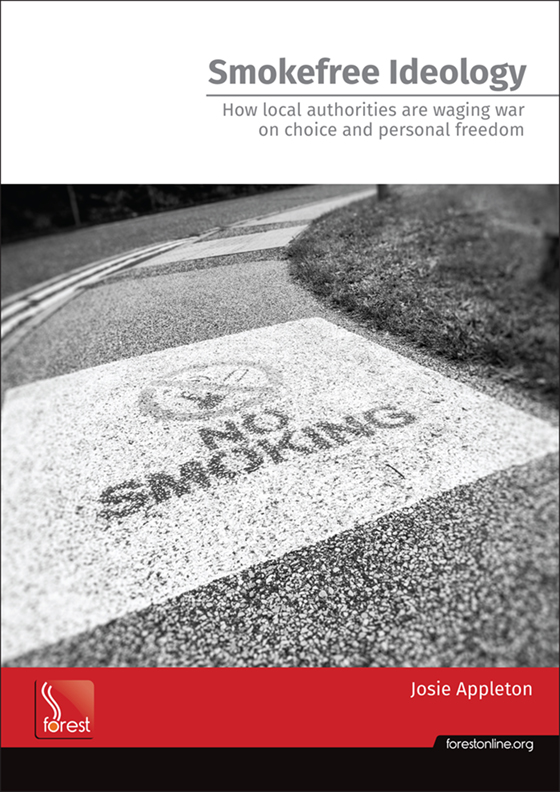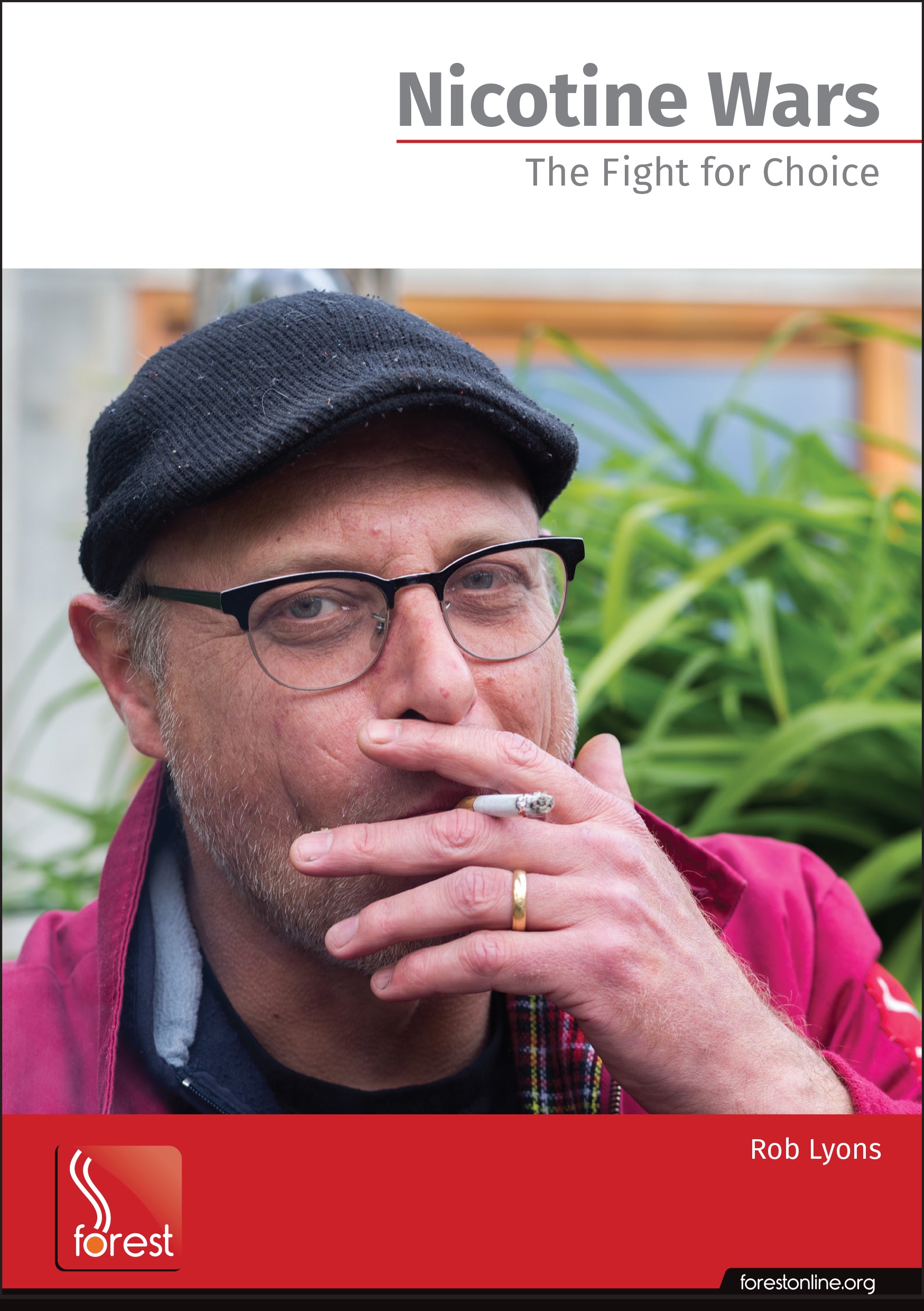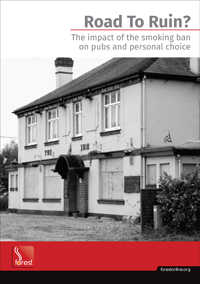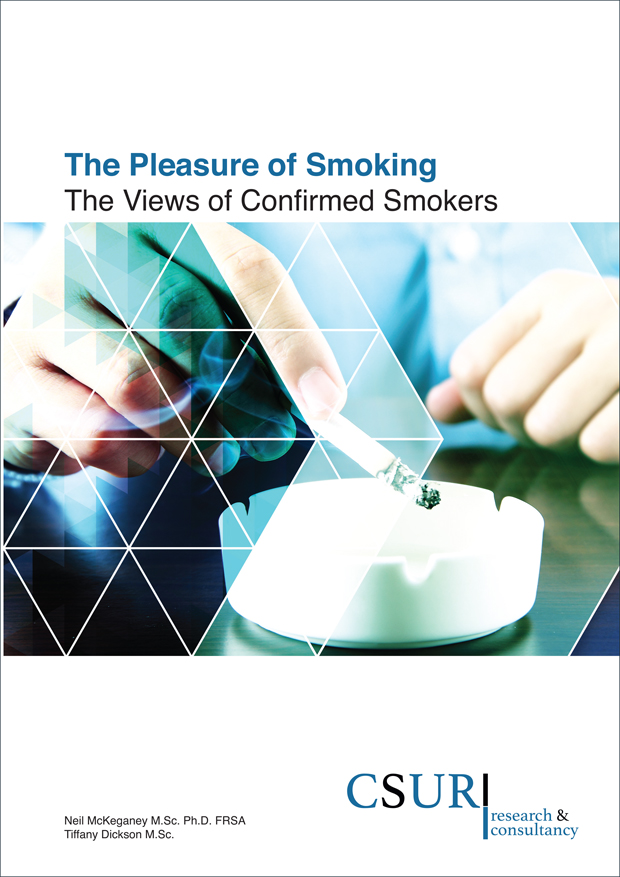Plain packaging and all that jazz
 Thursday, May 17, 2018 at 11:00
Thursday, May 17, 2018 at 11:00 On Sunday (May 20) it's the first anniversary of the full implementation of plain packaging in the UK.
When I think back to the campaign we set up to try and stop the government introducing the measure, I'm tempted to ask, 'Why did we go to so much bother?'
If you haven't already done so (it's essential reading!) you can read the full story of the Hands Off Our Packs campaign here.
Looking back it's a reminder of how my life was dominated for the best part of four years by that one issue. And when I say dominated, I truly mean that.
Activists who took part in the EU referendum campaign talk about the way it ruled their lives. The plain packaging campaign wasn't as concentrated as that but with the exception of a six-month period in 2013 – when we naively thought we'd won a stay of execution and the issue wouldn't return until after the 2015 election – it was pretty full on.
The first meeting to discuss a consumer-led campaign took place in a peaceful rural retreat overlooking a lake in Oxfordshire. It was a warm and sunny day and by the end of the afternoon – following several hours' brainstorming – we had a rough plan in place, including a name. (You should have heard some of the other suggestions!)
We then had to get funding, appoint a campaign manager and hire an assistant. Eight months later – following a great deal of work (and a lot of angst) – Hands Off Our Packs was officially launched on February 28, 2012.
Even at the time however I was conscious that relatively few smokers seemed bothered by the threat of standardised or 'plain' packaging. In the same way that the display ban elicited a cursory "meh", most people appeared apathetic.
That's not to say they supported the idea. You've only got to look at the hundreds of thousands of people (almost half a million) who signed letters and petitions opposing plain packs – vastly outnumbering those who signed petitions in favour of it – to realise there was little public support for the measure, and a lot of opposition.
Among smokers however the attitude was one of, "Who cares? No-one smokes because of the packaging."
And so it's proved.
This week, quoting figures from something called the Smoking Toolkit Study, the Tobacco Manufacturers Association reported that:
The Smoking Toolkit Study has found that on a three month rolling average, from December 2017 to March 2018, smoking rates in England were higher than for the same time last year before plain packaging was fully introduced.
The TMA estimated that:
If the same effect was seen across the UK there would be approximately 350,000 more adult smokers in March 2018 than a year before plain packaging was fully introduced.
I should add that the TMA's interpretation of the figures has been challenged on Twitter by Jamie Brown, deputy director of the UCL Tobacco and Alcohol Research Group, but however you read them it's clear the introduction of plain packs in 2016/17 has done nothing to reduce smoking rates.
Nor is this outcome exclusive to the UK. In Australia, where plain packaging was introduced in December 2012, and France (January 2016), it's a very similar story.
The reality is that while there are a host of very good reasons to challenge plain packaging – the attack on intellectual property, the attempted denormalisation of a legal product, the infantilisation of society and the slippery slope argument – it makes relatively little difference to consumers, apart perhaps from driving them to buy cheaper brands, which they were doing anyway as the price of cigarettes continued to rise year on year.
The failure of plain packaging to have any substantial impact should be a great disappointment to the tobacco control industry but they do what they always do when an anti-smoking policy fails – they ignore it.
If standardised packs showed even a small sign of achieving their goals (including a reduction in youth smoking rates) rest assured we would hear all about it. Instead ... silence.
In that respect plain packaging is a classic anti-smoking measure. Promoted and campaigned for over many years, introduced with no little fanfare, then quietly forgotten when it fails to meet its objectives.
We've been here before. Graphic health warnings, the ban on tobacco vending machines, the display ban, the ban on smoking in cars carrying children.
All, in their day, fiercely fought for but, years later, there's little evidence that any of these policies had a significant impact on smokers, potential smokers or public health.
It's an indictment of graphic health warnings, for example, that a few years after they were introduced anti-smoking campaigners were demanding plain packaging and even larger health warnings, suggesting the existing ones hadn’t worked.
The tobacco control lobby retorts that it's a combination of all these policies that has helped reduce smoking rates but the evidence doesn't support that.
Historically smoking has been in decline for more than 50 years. Smoking rates fell heavily between the mid Seventies and early Nineties (when there were relatively few anti-smoking laws in place) and has edged down ever since.
The smoking ban – as has been well documented – had relatively little impact on smoking rates and the significant drop that took place from 2012-2016 would seem to be related to the 1.6 million smokers who switched permanently to e-cigarettes.
Punitive taxation has probably been a factor too but many smokers have found a way around that, buying abroad or on the black market. Increasing tobacco duty even further may force more smokers to quit but the downside is the boost it will give illicit trade allied to a serious loss of revenue (which government can ill afford to lose).
Anyway, here we are, a year on following the full implementation of plain packaging. As it happens it's also the first anniversary of the full implementation of the EU's revised Tobacco Products Directive (TPD2).
In case you've forgotten, measures included a ban on packs containing fewer than 20 cigarettes, a ban on smaller pouches of rolling tobacco, larger health warnings (up to 65 per cent of the front and back of the pack) and a ban on flavoured cigarettes (menthol will be prohibited from 2020).
Again, where is the evidence that these measures are improving public health? To the best of my knowledge it doesn't exist. Instead anti-smoking campaigners retreat behind the mantra that "It's too early to judge."
In my experience, if any of these measures were going to work in terms of smoking rates it would happen soon rather than later because people get used to the changes very quickly.
Like it or not (and I know some readers don't like me saying this), the overwhelming majority of smokers adapted to the smoking ban. They didn't quit. They went outside or stayed at home (in preference to standing outside the pub).
Graphic health warnings? A bit shocking at first but within weeks hardly anyone noticed them. The overwhelming majority of smokers didn't quit and the impact on young people was unremarkable.
Prohibition of tobacco vending machines? The ban has been a very minor inconvenience to smokers, no more than that. They were the most expensive method of buying cigarettes which is why the suggestion that 50,000 children regularly accessed cigarettes via pub or hotel vending machines was stretching credibility. Impact of the ban on smoking rates: zero, I would argue.
Tobacco display ban? A bit annoying at first because of slow service while shop assistants got to grips with the new system but that was soon ironed out. Like all the policies I've mentioned I still think it's wrong (for several reasons) but how many people have actually quit or were discouraged from taking up smoking because the packs are behind a sliding door?
It's a rhetorical question and with good reason. No-one knows. None of these measures has been independently reviewed so no-one knows what impact they've had – on health, on smoking rates, on consumers, on retailers.
Yes, smoking rates have continued to decline but there is nothing to suggest that any of the measures listed above have had a significant effect beyond historical trends or the impact of smokers switching to e-cigarettes.
That's why Forest is calling for a "root and branch" review of tobacco regulations. Here's my comment:
"Governments blunder on from one tobacco control measure to another, regardless of their impact.
"It's time for an independent root and branch review of all the tobacco control measures introduced since 2010, including plain packaging and the behind-the-counter display ban.
"The failure of plain packaging is an indictment of the haste with which the policy was pushed through parliament before the 2015 general election.
"Plain packaging has nothing to do with health. The decision to introduce it in the UK was based not on evidence that it would reduce smoking rates but on party politics. It wasn't right then and it isn't right now."
See 'Consumer group calls for review of tobacco regulations' (Talking Retail).
Will the Government listen? Probably not, but you can't fault us for trying.
See also 'One year on, no evidence that tougher EU rules on tobacco products are working say campaigners' (Forest EU).











Reader Comments (5)
The only reason for all these non effective regulations was to punish smokers who defy govt and won't quit. It was never anything to do with children who were only ever exploited to use as emotional blackmail against brain dead politicians. Therefore the effect on smoking rates is irrelevant. If you smoke you will be discriminated against and refused all the rights that other consumers take for granted.
Pat is right. It's just to bully smokers. If you can its best to buy your cigs abroad. I recommend Austria. Short flying time, very civilised facilities for smokers including smoking bars. Cigarettes at between 5 to 6 euros a pack - huge choice which is more than you can say for the UK. No silly plain packaging.
The antismoking crusade has caused great social damage without the [allegedly] expected health benefits. Smoking rates did not decline after the brutal imposition of the smoking ban although an epidemic of pub closures followed.
Smoking rates did not decline after the imposition of plain packaging although it appears organised crime has increased its hold on the illicit tobacco trade which is itself a consequence of excessive taxation. If smoking rates have actually declines it is due to the rise of vaping not any orchestrated intervention. Beyond that, active campaigns to denormalise smoking have led to social division and are effectively government and corporate [Pharma] campaigns to persecute smokers.
A reassessment of this totalitarian nightmare should look at amending indoor bans to allow separate smoking areas, repeal of outdoor bans, and replacing the persecution of smokers with a campaign for tolerance.
Some interesting survey on plain packaging in the UK were this week. In the survey sponsored by JTI contained the following results:
Almost two-thirds of the UK population believe that plain packaging will not achieve its primary objective of reducing smoking rates (65%) and is a poor use of government resources (65%).
Three out of every five UK adults (58%) believe plain packaging will lead to an increase in the number of illegal cigarettes sold in the UK.
If the UK Government had yet to decide on plain packaging and was considering whether to introduce it today, 69% of UK adults believe they should either reject the policy (35%) or wait for more evidence of its effectiveness from Australia (34%).
72% of respondents believe the government would either a) fix a policy review / ignore evidence that went against a preferred policy (29%), or b) be reluctant to change their preferred policy if the evidence was weighted against it (43%).
68% think the Government changed the decision-making requirements it had previously set out in order to push it through.
72% think it was important for the government to research the links between illegal tobacco and terrorist organizations.
A press release describing the survey (that also includes a link to the entire survey) is found at Plain Packaging on Tobacco Backfires Within First Year in the UK," May 17, 2018; https://www.newswire.ca/news-releases/plain-packaging-on-tobacco-backfires-within-first-year-in-the-uk-682886521.html
Since the revised packaging came into force. I have found my smoking has actually increased. I have rolled my own for 18 years and used to go through an average 12.5g of tobacco a day. Now I find I am going through 50g every couple of days or so.
No wonder Big Tobacco didn't put up much resistance.